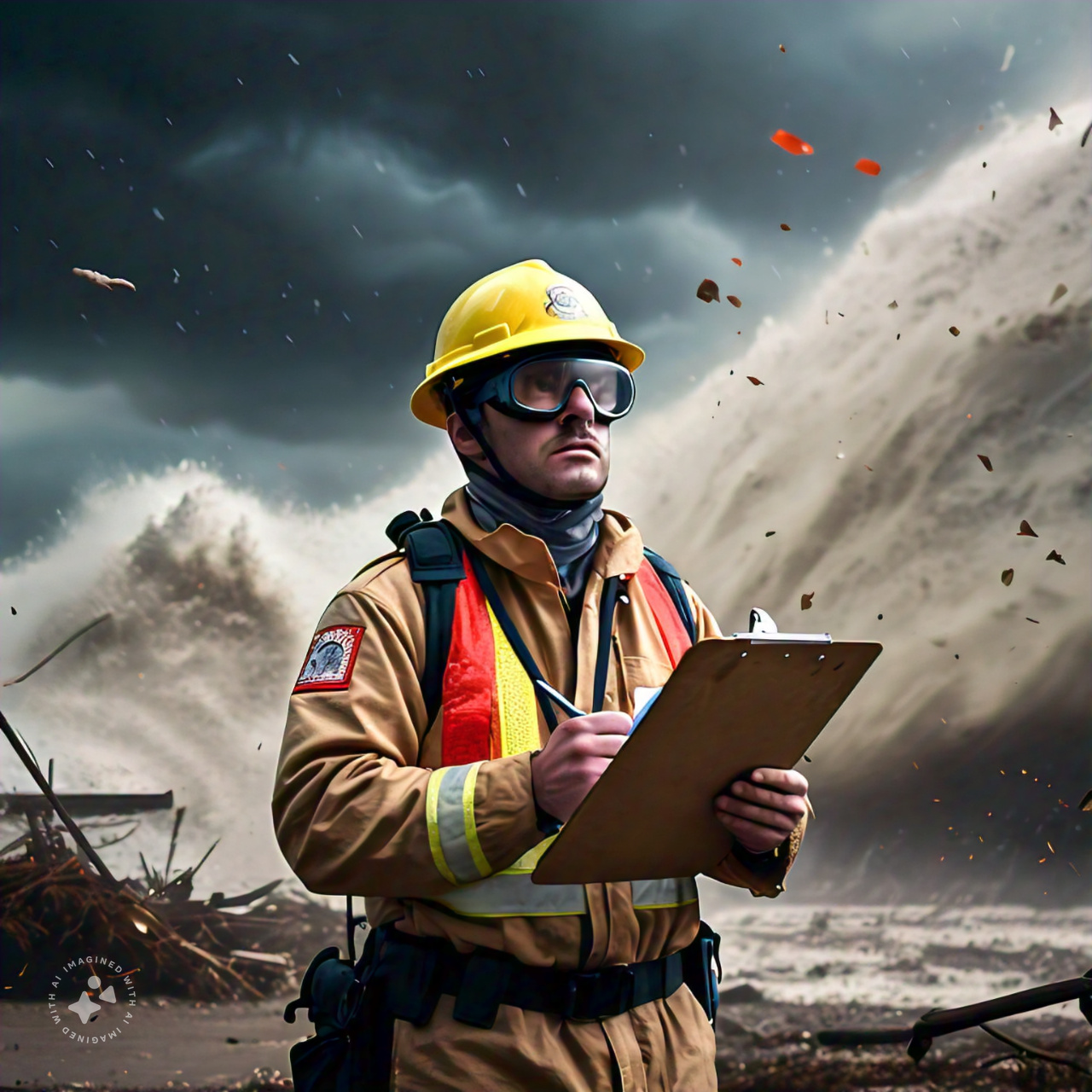The Growing Concern of Extreme Weather Events
Extreme weather conditions are intensifying worldwide, driven by climate change and natural disasters. The World Meteorological Organization notes that climate change alters the frequency, intensity, spatial extent, duration, and timing of weather and climate extremes. This shift is resulting in more frequent and intense heatwaves, heavy precipitation, and other extreme weather events. The consequences of these events are far-reaching, affecting human settlements, ecosystems, and economies. Rising global temperatures are altering atmospheric circulation patterns, leading to unprecedented weather extremes. The impact of climate change on extreme weather events demands urgent attention and collective action. By understanding the causes and consequences of extreme weather, we can work towards mitigating its effects.
Types of Extreme Weather Events
Heatwaves
Prolonged periods of abnormally high temperatures can be deadly, especially for vulnerable populations. Heatwaves cause heat-related illnesses, increase mortality rates, and strain energy resources. Urban areas are particularly susceptible due to the urban heat island effect. Heatwaves also exacerbate air pollution, negatively impacting respiratory health. The severity and frequency of heatwaves are projected to increase, posing significant challenges to public health. Effective heatwave management strategies are crucial for protecting human life and well-being. This includes implementing early warning systems, providing cooling centers, and promoting heat-resistant infrastructure.
Heavy Precipitation
Intensive rainfall or snowfall leads to flooding and landslides, disrupting communities and ecosystems. Heavy precipitation events are becoming more frequent and intense, causing devastating consequences. Flash flooding can occur within minutes, catching communities off guard. Landslides and mudslides can block rivers, creating secondary disasters. The impact of heavy precipitation extends beyond immediate destruction, affecting water quality, agriculture, and local economies. Understanding precipitation patterns is essential for predicting and preparing for these events. Advanced weather forecasting and early warning systems can save lives and reduce damage.
Droughts
Prolonged periods of abnormally low rainfall affect agriculture and water supply. Droughts have devastating impacts on food security, ecosystems, and human health. Water scarcity exacerbates social tensions, migration, and conflict. Droughts also increase the risk of wildfires, amplifying environmental degradation. Effective drought management requires sustainable water management practices, agricultural adaptation, and ecosystem conservation. Implementing drought-resistant crops, efficient irrigation systems, and water harvesting techniques can mitigate drought impacts. Early warning systems and climate-resilient infrastructure are critical for building drought resilience.
Tornadoes and Tropical Cyclones
Devastating storms cause widespread destruction, displacement, and loss of life. These extreme weather events are intensifying due to climate change. Tornadoes and tropical cyclones require rapid response and evacuation. Storm surges and flooding can occur simultaneously, overwhelming emergency services. The aftermath of these events demands sustained support, including food, shelter, and healthcare. Understanding storm patterns and predicting landfall locations is crucial for saving lives. Advanced weather forecasting and storm shelters can reduce the risk of injury and death.
Wildfires
Uncontrolled fires spread rapidly, fueled by dry conditions and strong winds. Wildfires have catastrophic consequences for ecosystems, air quality, and human settlements. Climate change creates conditions ripe for wildfires, threatening biodiversity and human life. Effective wildfire management requires prescribed burning, forest management, and early detection. Fire-resistant materials and defensible spaces can protect homes and communities. Collaborative efforts between firefighters, communities, and policymakers are essential for mitigating wildfire risks.
Consequences of Extreme Weather
Human Impact
Loss of life, displacement, and psychological trauma are devastating consequences of extreme weather events. The emotional toll of these events should not be underestimated. Survivors often experience anxiety, depression, and post-traumatic stress disorder. Children, elderly, and vulnerable populations are disproportionately affected. The social fabric of communities is strained, exacerbating existing social inequalities. Effective support services, including mental health care and social support, are critical for aiding recovery.
Economic Disruption
Extreme weather events disrupt global supply chains, causing economic losses and instability. Infrastructure damage, agricultural losses, and reduced economic productivity have long-term consequences. Small businesses and local economies are particularly vulnerable. Climate resilience requires diversifying economies, investing in climate-resilient infrastructure, and promoting sustainable agriculture. Supporting affected communities through economic empowerment programs and social protection mechanisms is essential.
Environmental Degradation
Climate extremes exacerbate environmental degradation, loss of biodiversity, and ecosystem disruption. Rising temperatures alter species distribution, disrupting delicate ecosystem balances. Extreme weather events destroy habitats, threatening endangered species. Soil erosion
